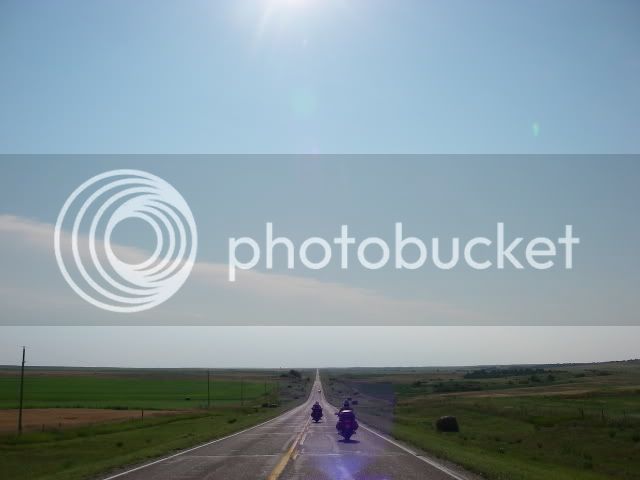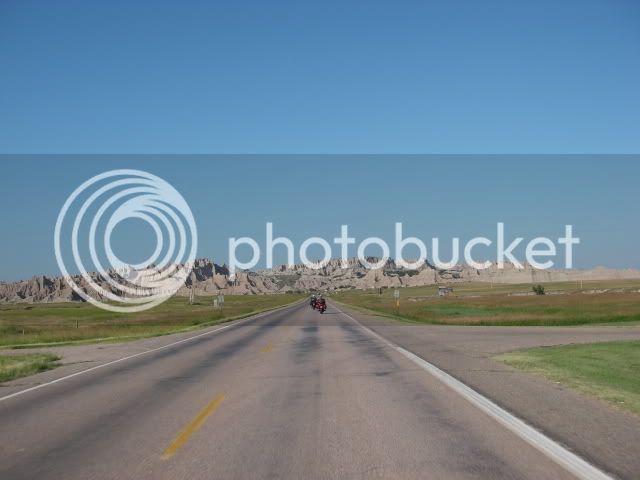I was shooting with a Nikon 4800 which is basically a right handed camera (control locations). I found that by moving the strap over to the left side of the camera I could hold camera upside down which neatly put the trigger button under my left thumb. This also solved the problem of my hand covering the LCD display. The 4800 takes great pictures but there is a big but(t) to it all. Shutter lag is the time from when you push the trigger button until the picture is taken. During the time between triggering the shutter and the picture being taken the camera must set the exposure and focus on the scene. On some digicams this can take well over a second. From a moving platform like a motorcycle this means that what you were seeing on the LCD or even were just observing without using the LCD has dramatically changed or even passed by the time the shutter trips. Here in New England many things are close to the road and slow shutter response makes well formatted pixs pretty hard to take.
The Nikon 4800 has 7/10 of a second shutter lag when using auto focus. While that may not sound like much, it is often the difference between a picture of a phone pole, tree, or a street sign instead of the beautiful vista that I was looking at when the shutter was triggered. The camera only has a useful ISO speed of 400 or less which makes it difficult to freeze action without blurring and hard to shoot in early morning or late afternoon lighting. ISO is the equivalent of film speed like ASA/ISO 100 or ASA400. The higher the number the more light sensitive it will be for fast shutter speeds or low light shooting. The 4800 does get acceptable battery life.
My Digital SLR camera -- Canon 20D has a sterling shutter lag speed of less than 1/10 second. This camera also shoots virtually noise free at ISO 1600 so it shines at freeze action and low light shooting, plus it is image stabilized. I've never actually completely drained a rechargeable battery with this camera. But, it is a big (BIG), heavy camera that is very $expensive$ that I hate to go waving around. This Shaquille O Neal of the photo world is also heavy and hard enough to do significant damage to the motorcycle if it were accidentally hit something.
Enter a Canon A720, purpose purchased for motorcycle use. It is image stabilized, has shutter lag of less than 1/10 of a second, shoots great pixs at ISO 800 and does an acceptable job at ISO 1600. The camera is small, the LCD is huge and bright, it lends itself to left handed shooting and takes wonderful pixs. In fact, my wife looks at pixs from her big bucks Nikon D80 and the little Canon and often likes the A720 pixs better. The A720 wakes up and is ready to shoot very quickly too. One minor item on the down side is its appetite for AA batteries. We use Ni-MH batteries and carry at least 3 sets for a 12-16 hr day.
Another very useful feature for shooting good pixs is the AVCC100. After carefully selecting a safe area in which to shoot simply push the auto pilot button and fire away.
Things to look for in a digicam for bike pixs:
- image stabilization
- fast shutter response
- ability to shoot ISO 800 or higher
- big, bright LCD screen
- battery appetite
- good hand feel for you and your shooting style
- a high shutter speed does no good if the camera doesn't have good light sensitivity (see ISO 800 or higher)
























































